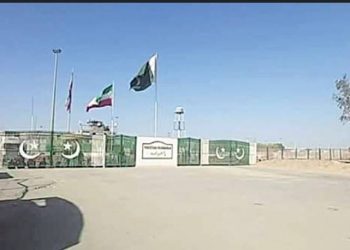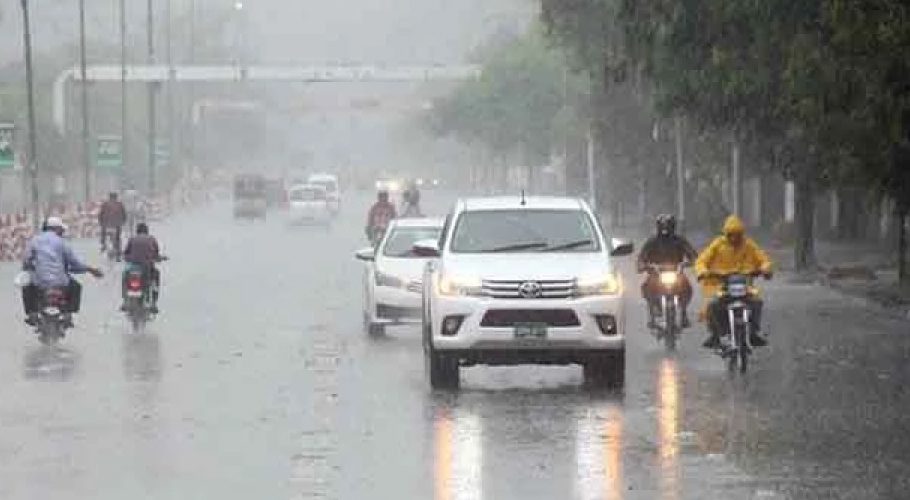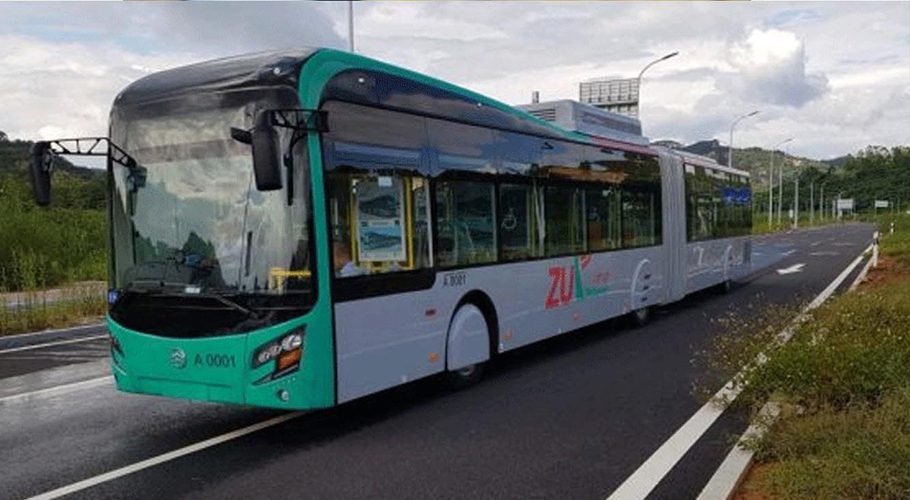The status of education in Pakistan has long been concerning. Numerous economic difficulties have proven to be significant hindrances to the country’s education advancement under various governments.
It is obvious that Pakistan needs to make significant changes to the educational system this year in order to address these issues. The next section reviews a few of these facts.
First and foremost, Pakistan has a dangerously low literacy rate. According to one estimate, 2.26 million children do not attend school, and the country’s overall literacy rate is barely 58 percent. The government should make measures to guarantee access to a single public education system a top priority in order to address this issue. The creation and execution of educational policies with an emphasis on growing enrollment can help achieve this broad objective.
While investing in educational infrastructure and providing schools in remote and underdeveloped areas with acceptable facilities is very important to close the educational divide, especially for the children of the underdeveloped areas who struggle to receive a decent education. It is also necessary that the country’s educational system has to be improved. It is insufficient to just increase the enrollment of students in schools. For the educational system to deliver excellent teaching and learning experiences, it should be well equipped. Therefore, the main objectives of educational policy should be teacher training programs, curriculum revisions, and the adoption of new teaching techniques.
Pakistan may improve the overall quality of education and foster a more favorable learning environment by funding opportunities for teacher professional development and encouraging innovative teaching techniques.
The fact that diverse socioeconomic origins and educational places is another significant part of educational challenges. With the help of the Punjab Education Sector Plan (PAISP), the province of Punjab has taken initiatives to enhance its educational system. This path should be taken by other provinces.
The adoption of a uniform educational framework across the country can support the advancement of educational equality. Therefore, coordination between the federal and provincial ministries of education will be required for the efficient implementation of initiatives.
Making sure that the budget’s allocated money for education are used wisely and concentrating on the necessary actions to address the core issues facing the educational system are crucial. The state of Pakistan’s education system can be significantly improved by prioritizing investing in it and concentrating on long-term, ongoing reforms.
The field of education can benefit from global collaboration and partnership. By working with donors and utilizing their knowledge, a foreigner might come up with fresh and creative solutions to deal with educational difficulties. International organizations should concentrate on knowledge sharing, skill improvement, and best practice exchange as well as financial aid to support education in Pakistan.
Ultimately, it seems vital to state that Pakistan must implement a multifaceted strategy to enhance the educational environment beyond 2023. Our first goal should be finding solutions for problems like low literacy, poor infrastructure, poor education, regional inequality, and efficient use of resources. Pakistan may advance towards a bright future where education is accessible to everyone and the country is developing through enacting effective income policies, investing in infrastructure, enhancing teacher education, supporting equality, and fostering international cooperation.


























